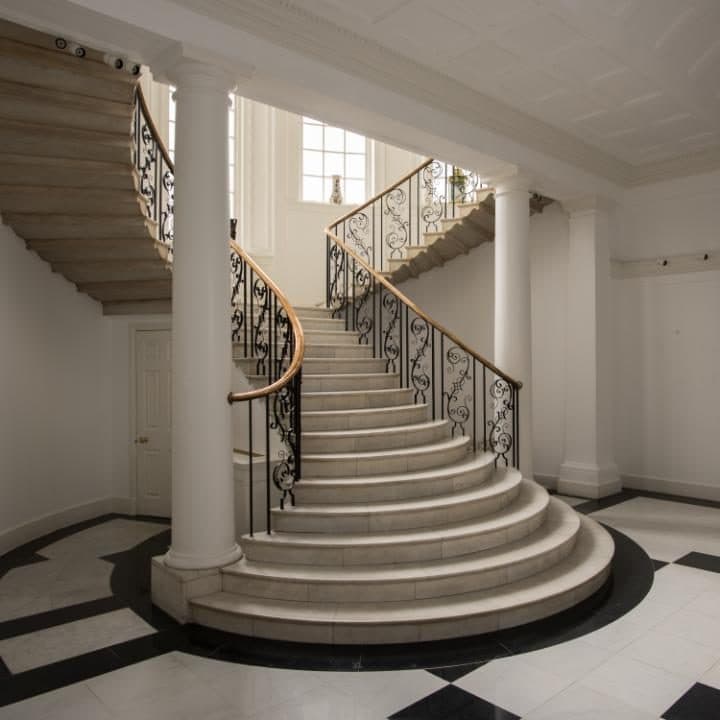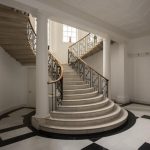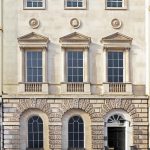
Best known as Oscar Wilde’s club and the centre of the scandal surrounding his trial. Known also for its progressive and liberal views.
- Full name: The Albemarle Club
- Last location: Ely House, 37 Dover St, Mayfair, London W1
- Type: A club for aesthetes, artists and intellectuals
- Formed: 1874
The Albemarle Club opened in 1874, and from the very beginning, membership was open to both men and women. At the time, this was in itself almost scandalous—and the club was criticised for its progressive view of women’s rights. How sad it is, then, that today the name has been taken by a rather depressing strip club, which—despite what it may itself claim—has no relationship or shared history with the old Albemarle Club.
The club quickly became a meeting place for aesthetes, artists, and intellectuals. Today, the club is best remembered for a single episode in 1895. That year, on the 28th of February to be exact, the 9th Marquess of Queensberry hammered on the door of the Albemarle Club, demanding to see Oscar Wilde. Queensberry had for some time suspected that his younger son, Lord Alfred Bruce Douglas, was having a romantic affair with Wilde, and his views on this sort of thing were not of modern liberal standards.
Having been informed by the porters that Wilde was otherwise occupied and regretfully would not be able to receive his lordship, the Marquess left his calling card with the words “For Oscar Wilde posing as a somdomite.” Wilde had Queensberry arrested and charged with criminal libel, and a huge scandal ensued—which in the end led to Wilde himself being sentenced to two years’ imprisonment.
The Albemarle Club would forever be linked to the scandal. To distance itself, the club moved to a new building—Ely House in Dover Street. Previously the residence of the Bishop of Ely, the building underwent a substantial renovation in 1910, carried out by the renowned architects Smith & Brew. The work was much praised and gave the club some very pleasant and elegant premises.
Despite the scandal—or perhaps because of it—the club remained popular well into the 20th century, with vacancies usually only arising through the deaths of current members.
Ely House is today an art and antiques gallery, and many of the features from the old Albemarle clubhouse have been retained, making exhibitions there well worth a visit both for the art and the interior.
By the 1930s, however, membership was dropping and by 1939 the club finally gave up Ely House. In return for a donation of £ 1,500 the club was allowed to use the club house of the Naval & Military Club, The In & Out, at 94 Piccadilly and in the end many members joined the In & Out. One can only presume that the last members of the Albemarle Club was less scandalous than those of the 1870s.


On 28 February 1895, the club became notorious for being the location of the incident that began the first trial of Oscar Wilde, who was a member of the Albermarle. The Marquess of Queensberry burst into the club, demanding to see Wilde.